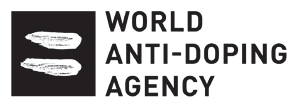Microsoft word - purim5769[1].doc
Purim Gifts to the Poor By Rabbi David Silverberg Toward the end of Maimonides’ presentation of the laws regarding Purim It is preferable for a person to increase his gifts to the poor than to increase his meal and sending packages to his friends. For there is no greater and more exalted joy than bringing joy to the hearts of the needy, orphans, widows and foreigners – for one who brings jo
 24 August 2011
24 August 2011